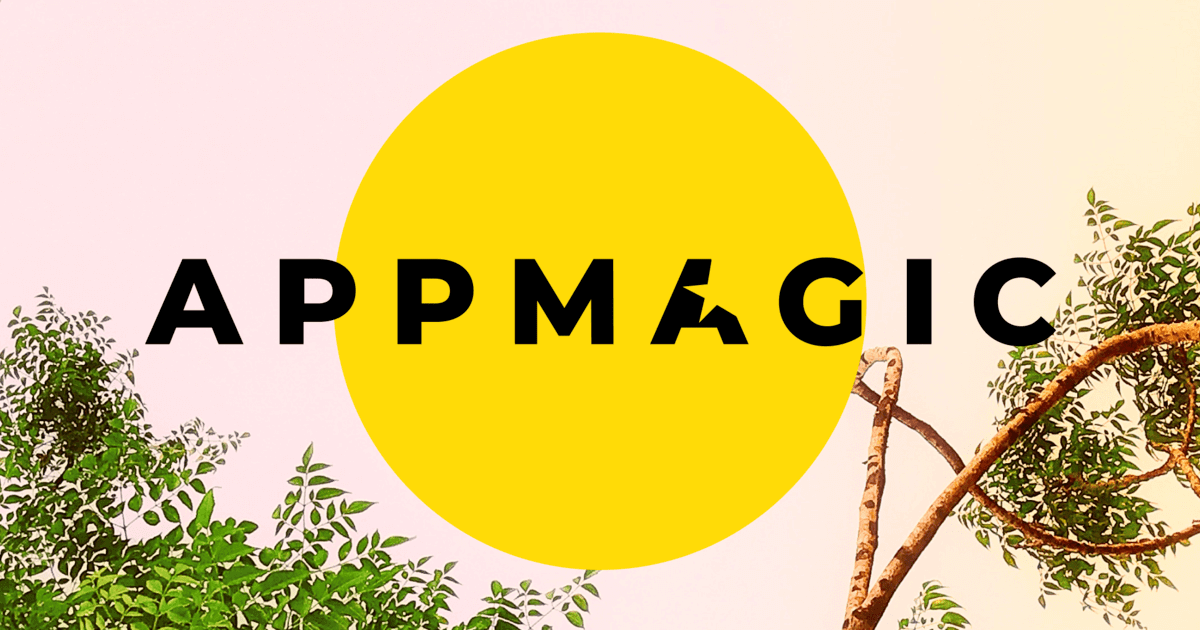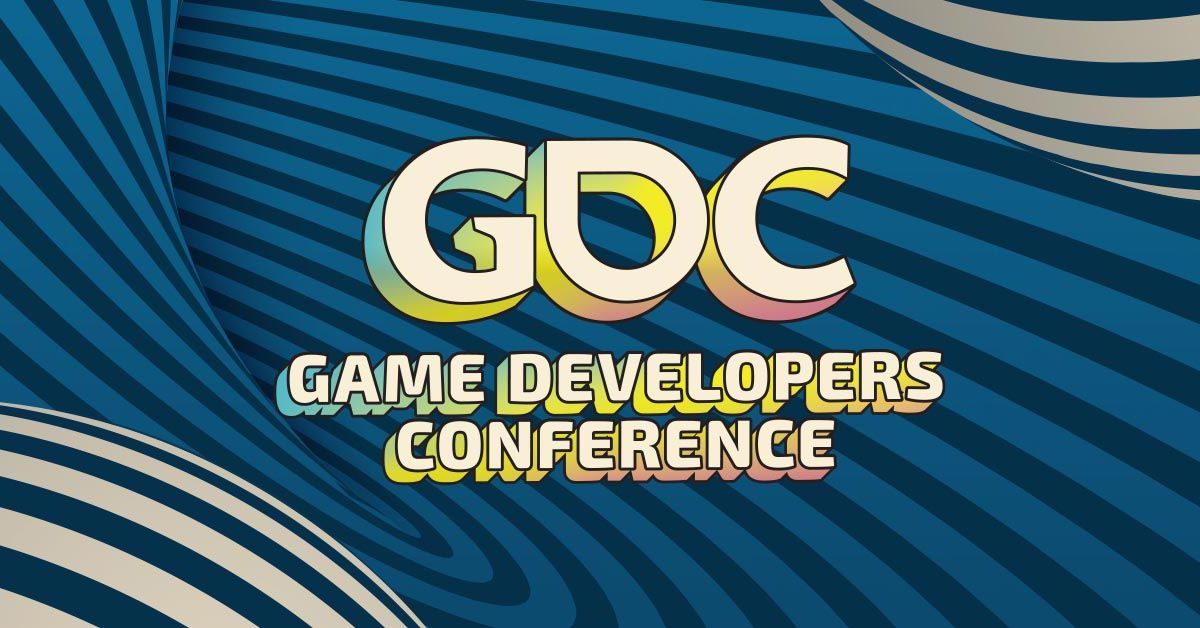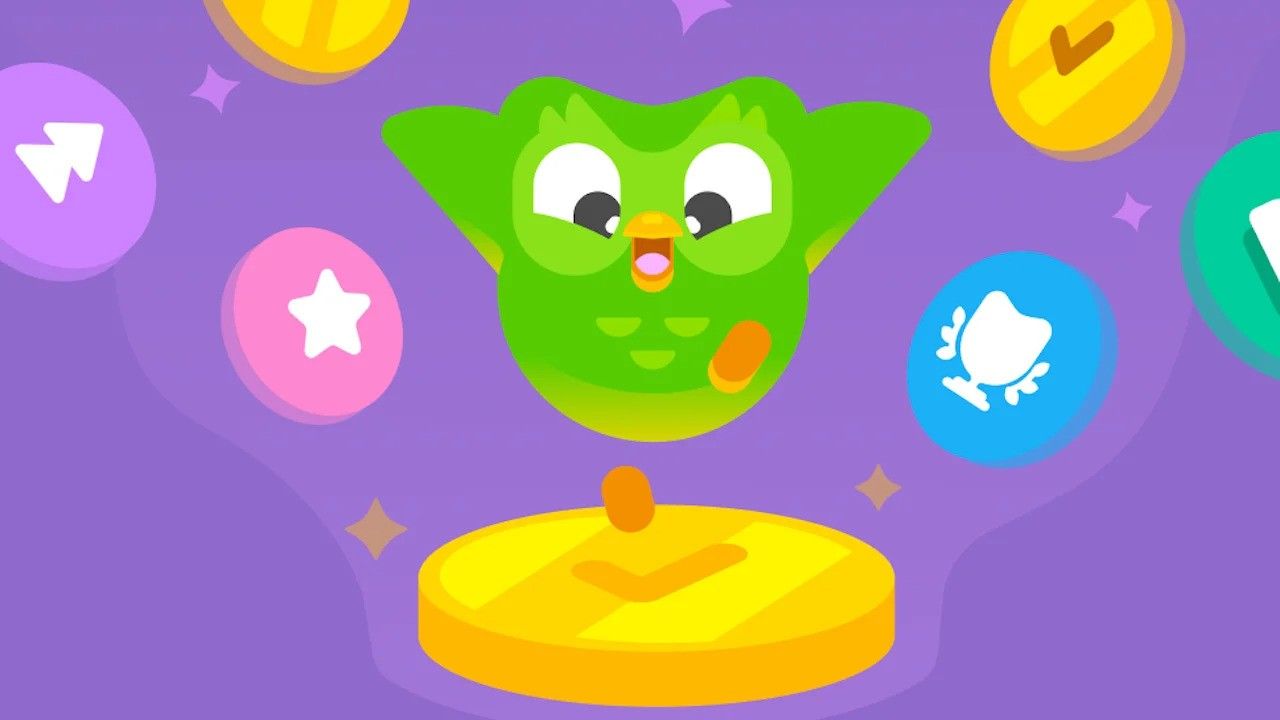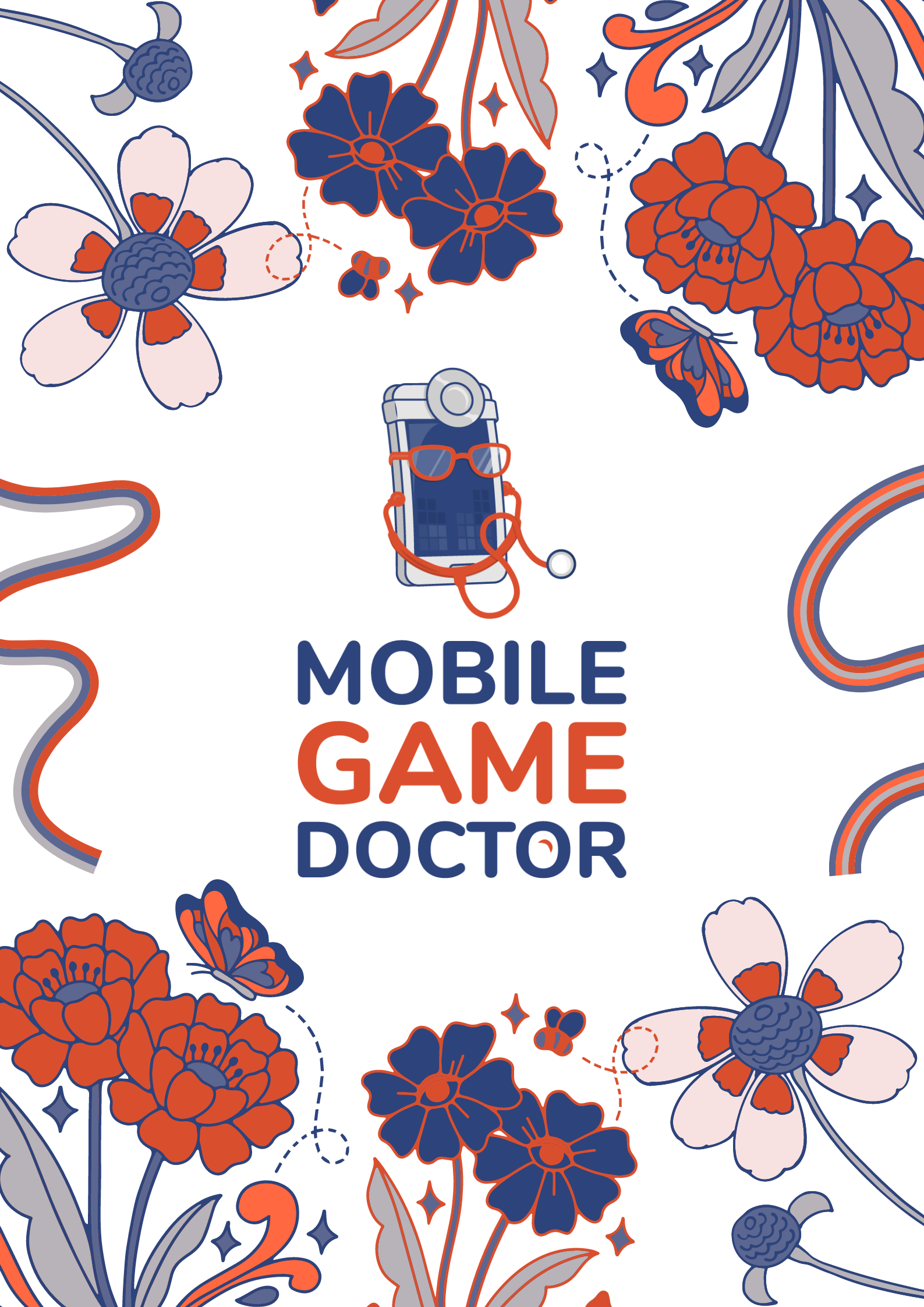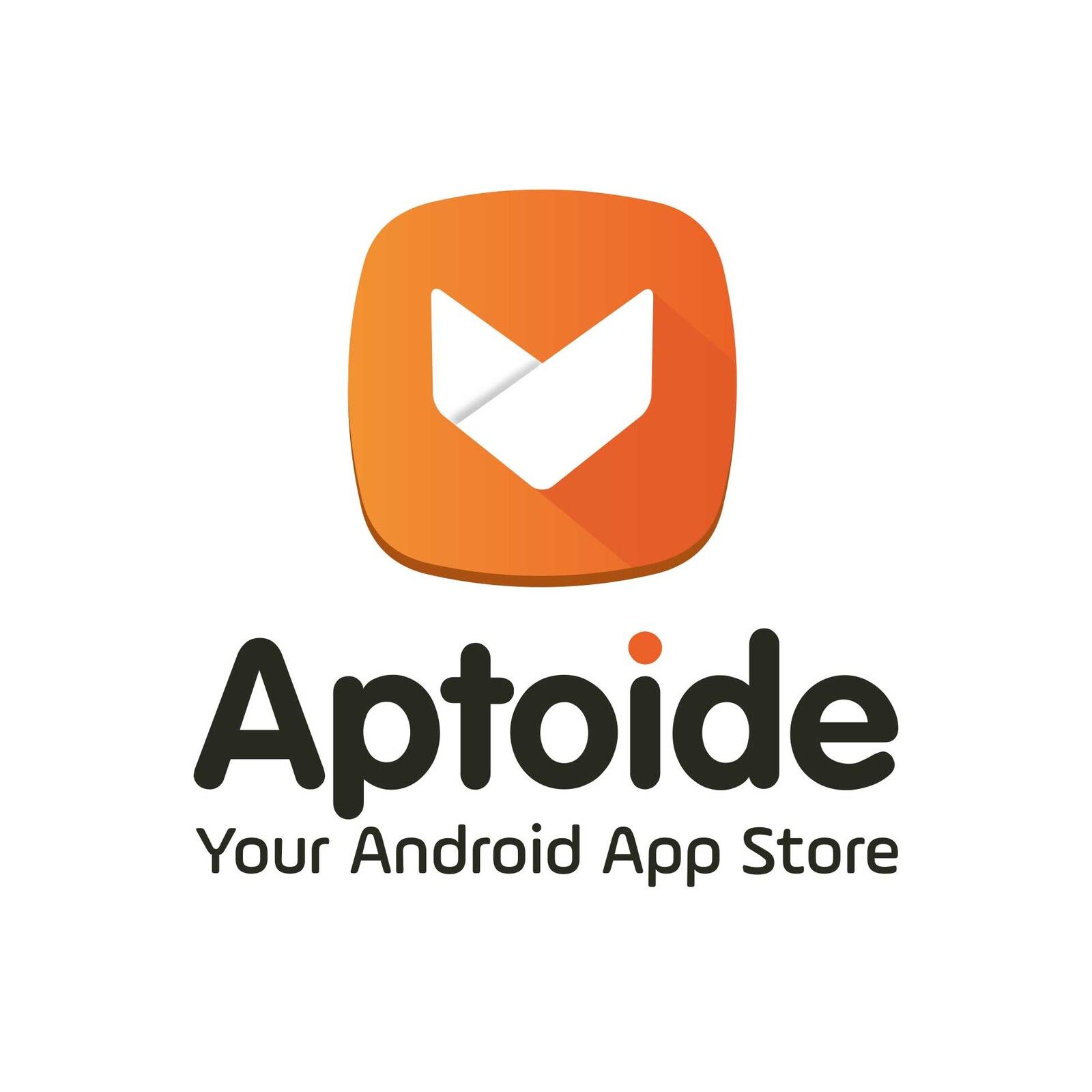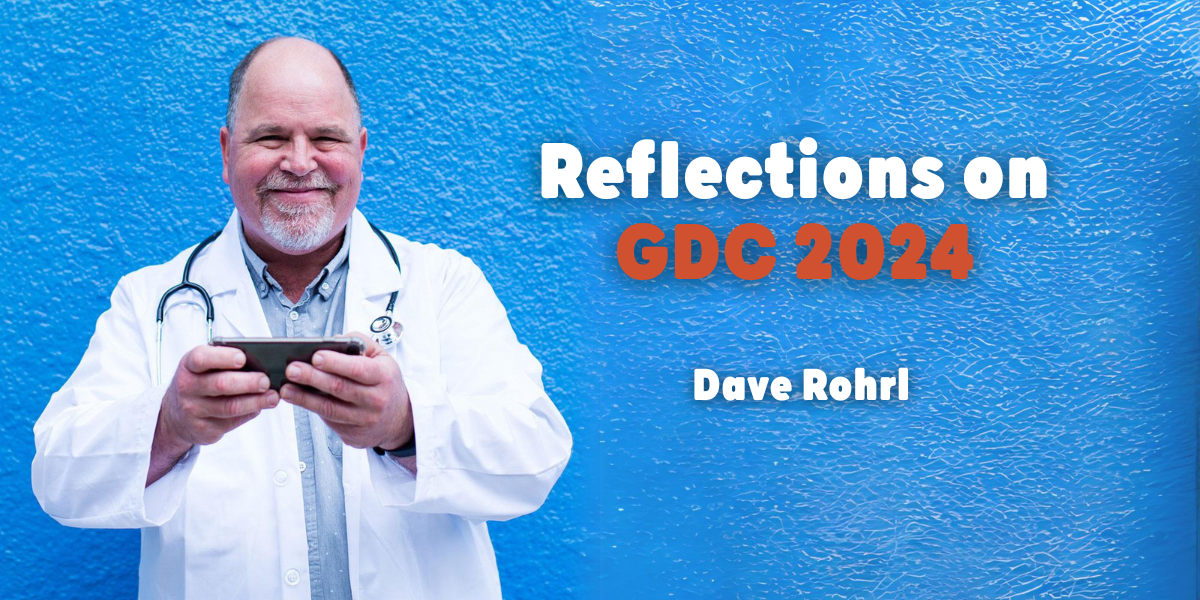In the first part of our learnings from 2023, this blog takes a reflective look back at the key learnings and insights gained by the Mobile Game Doctor team in 2023. It's been a year of significant growth, challenges, and innovations in the mobile gaming industry, and our experts have distilled their experiences into valuable lessons for the future.
From navigating new trends in game development to adapting to shifts in market dynamics and player engagement, our team shares their comprehensive knowledge and expertise. These insights are not just reflections of the past year but also guiding lights for the strategies and approaches we'll adopt in the coming year.
Athena Peters - Senior Product Management Consultant
New Indies and Innovations
With the mass layoffs this year and hesitation to invest in mobile from the VC corner, now is the time for indies to truly shine in the games space whether that be in mobile or PC and even console. All of this talent is floating around out there with a need to make games, but also a lot of hurt and rage…aka for us creatives…Creative energy! That's right, the best songs come from heartbreak and so can the best games, so I think we are going to see some of that. But how will they make it without funding? My hope is that we see these folks taking that time on unemployment and severance pay to start some game jams with other folks that are in the same boat. I think we will see some really neat things come out of it and maybe even some new gameplay mechanics since the creators will be unburdened by stakeholder requirements to build off proven success.
Technology has made self-publishing easier than it has ever been, plus there are even some new promising indie publishers arriving on the scene this year that could help us push these innovations forward in both FTP and Premium spaces. Netflix, Xbox Gamepass, Apple Arcade are all interesting options on top of self publishing.
App Store Marketplace Alternatives
Court case rulings on the Epic cases against Apple and Google have not been fully aligned, but they have opened up options for game developers to send their players to web stores outside of the App environment to make in-app purchases. This option not only gives the developer a chance to decrease the cut from the store platform, but it also gives the options for making a single store experience that is available to all players regardless of platform. This is so much easier and less time consuming than having to maintain multiple store catalogs, but it also allows you to analyze data across platforms on an apples to apples comparison.
Xsolla and NeonPay are just two of the gaming fintech solutions doing just this and I expect we will be seeing more. Until Apple and Google decide to get more competitive with their marketplace cuts. Even then a single store for all platforms is extremely appealing.
Out of App Advertising
Why are VCs not investing in mobile anymore? Because changes to data privacy means that it is no longer really easy to scrub data on a specific person to know exactly what they will want to click on. This means that games that were making a lot of money just by getting a lot of downloads and then serving up ad revenue are no longer viable. Which means you need to actually make a good game and a great marketing campaign, not just throw money at the money making machine :)
So due to this I think we are going to see a turn to more traditional marketing techniques. More ads in places where your audience is likely to be, other than on other mobile games. So on other websites, tv streamers, influencer promotions on TikTok and Twitch. The name of the game is now Retention, not just Download, which is very 2010s of us. Frankly that is where game designers get to shine. But it means making sure you really do the work to know who you are making this game for, and where do those people hang out? Go find them and tell them about the thing you made just for them. Get creative!
Paul Rybicki - Senior UI/UX Consultant
It’s been quite a year! Looking at the titles at the top of the charts this year, we see many which were popular during lockdown have continued to stay at the top two years on, seeming to indicate players have become dedicated to these incumbents, if the title can maintain evergreen gameplay.
This has been & will continue to be one of the big challenges for new titles. How to successfully differentiate & attract players who don’t want to give up their existing gameplay habits, but want something new?
Several aspects of this come to mind: how studios & teams present themselves to their customers; how they communicate & engage during development and launch; the various platforms & services a game team or studio can release their game on, and at the core, what experience a team or studio wants to share with the world via their game and what are it’s hooks?
Presentation and community communication likely remain largely the same, with community discords, streaming content, and developer commentary continuing to be an interwoven part of development for both small and large studios. Though it will be interesting to see how generative chatbots can be trained to deliver release notes and engage in light Q&A on developer or community discords in the coming year, and how customers will react.
The open-source release of LLM & generative machine learning had everyone building concept demos around GDC.
That Facebook released their LLM model open source, & then over the following weeks the model was improved upon by various people and institutions around the world to the point where a ~60 billion node LLM model could be reduced to an ~12 billion node model running on a laptop and still generate “good enough to pass as GPT3.x” results was a fascinating case for the power of open source. How those advancements will translate back into usable products, or into team’s workflows remains to be seen. ML-assisted workflows were and will continue to be an area of investment & exploration, as will generative audio video, imagery and text. Next year is likely to continue this time of intense experimentation (i’ve heard it referred to as “a cambrian moment”) which will continue to coalesce in into products and services though what the impact of last month’s Executive Order on Safe, Secure, and Trustworthy Artificial Intelligence and the OMB guidance will be is anybody's guess at this point.
As the phone & platform makers continue to look to differentiate themselves with better consumer privacy and data security, studios & teams will need to continue to explore new & different mixes of customer acquisition and engagement strategies. Ad networks who can prove an ad is shown to a particular market segment or game genre will come out on top of an increasingly tough industry.
Is there a long-tail overhang from lockdown where people want to scale back their use of digital platforms, content & games to get out into the world or play couch-co-op again? It will be interesting to see how exactly that grows in ‘24 and how people bring games to their friends & their friends into games with teams having to consider more and more form factors and services - where do you start? How do you release on subsequent platforms or devices in an additive multi-year journey of porting and tweaking the experience for different form-factors?
In a continuing crowded marketplace, teams who focus on their game’s unique hook(s) & then build against those as core pillars will continue to have a great shot at standing out from the crowd, especially if they have something interesting to share or say that is worth a customer’s ever more limited time and attention. The rest of the path to success in ‘24 is the standards: focused and thoughtful execution, regular iteration, and being able to honestly assess your projects successes and failures both prior to launch and after. Finally, of course be able to pivot without ego and without momentum, keep focus on your hooks, and communicate what you want to say and share with your game which is why players joined your community in the first place! Onward to another interesting year!
Mike Kanarek - General Manager
In 2023 performance marketing continued to suffer as the cascading effects set into motion by the IDFA changes continue to play out. Facebook has slipped significantly and no longer dominates mobile marketing as it once did, which has forced mobile marketers to take other channels more seriously, and spend more time researching and testing new channels, including non direct marketing channels. Interest in traditional channels or their modern equivalents - podcasts, streaming services, etc. has continued to grow, but there’s still a lot of discomfort with investing knowing that the impact will be difficult or impossible to track directly. Performance marketing made us all spoiled when it came to data, and now we can’t depend upon it, although in some cases this is a boon. In 2024 I anticipate that Facebook’s competitor channels will continue to try to capitalize on the vacuum, and hopefully that competition will produce some useful tools, or at least some good opportunities for developers. As far as less attributable channels the opportunity seems real, but the risk and uncertainty makes it a bad starting point. For most games these channels will be a good option to explore only once they’ve established a stable foundation in performance marketing.
To step out of my lane- on the product side and the ad monetization side this means that ad supported free to play is getting more difficult. That means that IAP games are ascendant. That means that quality matters more than ever - as reflected by its proxies - ltv, and retention. Developers that managed to deliver these kinds of enjoyable game experiences should think about developing a portfolio strategy. That means branding, promoting your own catalog within your own games, and community building so that when your users go looking for a new game they'll look at yours first. Look for help from product marketing and brand management pros, who can help monetization and marketing teams use their tools and expertise to build loyalty and brand affinity, and get comfortable with a longer payback window.
Leona Jasa - Lead Marketing Consultant
When it comes to building communities 2023 proved to be a year filled with innovation. It was filled with trends, innovative technologies, and new effective strategies. As we step into 2024 let’s take a moment to reflect on the lessons and insights we gained during this year.
One of the standout trends in 2023 was the shift towards community-led growth. This shift signifies a move away from top-down community management practices, and instead empowers community members to take charge and drive the expansion of their communities themselves. Several factors contribute to this change, including the increasing demand for engaging experiences, the growing recognition of the value of customer feedback, and advancements in supporting technologies.
Another noteworthy trend that emerged in 2023 was the rise of video-based community management. Companies are now leveraging videos more than ever to connect with their members, share information effectively, and nurture relationships. The popularity of video can be attributed to its ability to capture attention and communicate concepts effortlessly. Additionally, easy access to video creation and sharing tools has further fueled this trend.
Furthermore, gamification has gained popularity as another trend in community management. Utilizing game elements to motivate and engage users has become increasingly popular. The use of gamification can help increase player engagement, encourage sharing and learning, and create a sense of community and belonging. However, it’s important to be mindful of its implementation since gamification can have negative consequences if not done properly, such as incentivizing a behavior other than the one it intended to or even worsening the player experience.
The trends we’ve observed in 2023 will continue to evolve, while even more new technologies and strategies will emerge. To keep your community engaged and growing, make sure to stay at the forefront of these trends and utilize them to build thriving online communities.


